News
Last News Items
 Detection of an interface-specific coherent phonon mode – Publication by B5 (Höfer/Mette), A1 (Stolz) and A5 (Volz) in Advanced Materials Interfaces9. February 2025 - 11:29
Detection of an interface-specific coherent phonon mode – Publication by B5 (Höfer/Mette), A1 (Stolz) and A5 (Volz) in Advanced Materials Interfaces9. February 2025 - 11:29 Ultrafast switching of trions in 2D materials by terahertz photons – Publication by B9 (Malic) in Nature Photonics23. September 2024 - 09:32
Ultrafast switching of trions in 2D materials by terahertz photons – Publication by B9 (Malic) in Nature Photonics23. September 2024 - 09:32 The International Conference on Internal Interfaces, ICII-24, was held in Marburg19. September 2024 - 14:14
The International Conference on Internal Interfaces, ICII-24, was held in Marburg19. September 2024 - 14:14 35. Erfinderlabor: Scientific curiosity of the next Generation4. June 2024 - 08:55
35. Erfinderlabor: Scientific curiosity of the next Generation4. June 2024 - 08:55 Synthesis of 2D Gallium Sulfide with Ultraviolet Emission by MOCVD – Publication by A4 (Gottfried), A5 (Volz), A14 (Volz) and B2 (Chatterjee) in Small25. May 2024 - 15:04
Synthesis of 2D Gallium Sulfide with Ultraviolet Emission by MOCVD – Publication by A4 (Gottfried), A5 (Volz), A14 (Volz) and B2 (Chatterjee) in Small25. May 2024 - 15:04 Probing electron-hole Coulomb correlations in the exciton landscape of a twisted semiconductor heterostructure – Publication by B9 (Malic) in Science Advances7. February 2024 - 12:00
Probing electron-hole Coulomb correlations in the exciton landscape of a twisted semiconductor heterostructure – Publication by B9 (Malic) in Science Advances7. February 2024 - 12:00 Heteroepitaxy in Organic/TMD Hybrids and Challenge to Achieve it for TMD Monolayers: The Case of Pentacene on WS2 and WSe2 – Publication by A2 and B58. January 2024 - 10:06
Heteroepitaxy in Organic/TMD Hybrids and Challenge to Achieve it for TMD Monolayers: The Case of Pentacene on WS2 and WSe2 – Publication by A2 and B58. January 2024 - 10:06 Layer-by-layer deposition of organic molecules controlled by selective click reactions – Publication by A8 (Koert/Dürr) in Chemistry of Materials 23. December 2023 - 14:48
Layer-by-layer deposition of organic molecules controlled by selective click reactions – Publication by A8 (Koert/Dürr) in Chemistry of Materials 23. December 2023 - 14:48 Enhanced Circular Dichroism and Polarized Emission in an Achiral, Low Band Gap Bismuth Iodide Perovskite Derivative5. October 2023 - 11:25
Enhanced Circular Dichroism and Polarized Emission in an Achiral, Low Band Gap Bismuth Iodide Perovskite Derivative5. October 2023 - 11:25 34. Erfinderlabor: Scientific curiosity of the next Generation1. August 2023 - 14:34
34. Erfinderlabor: Scientific curiosity of the next Generation1. August 2023 - 14:34
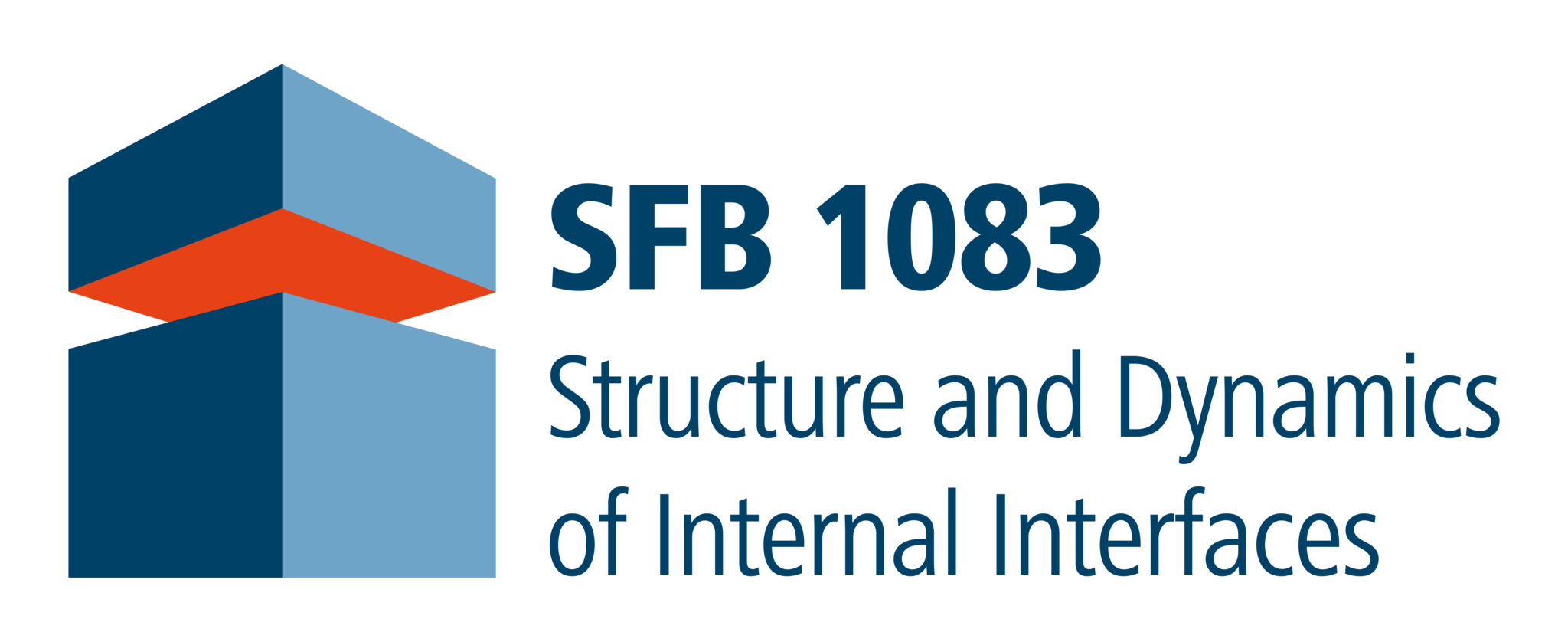

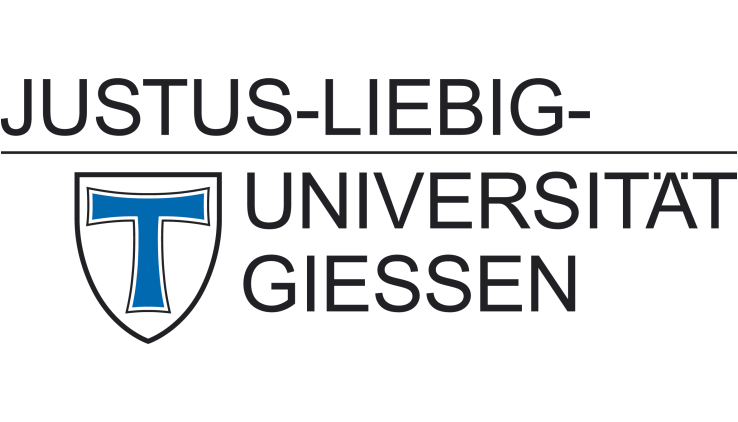


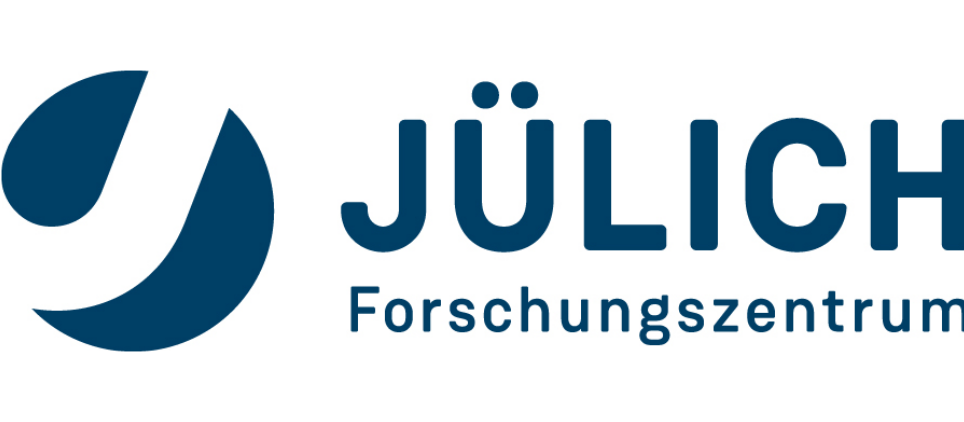
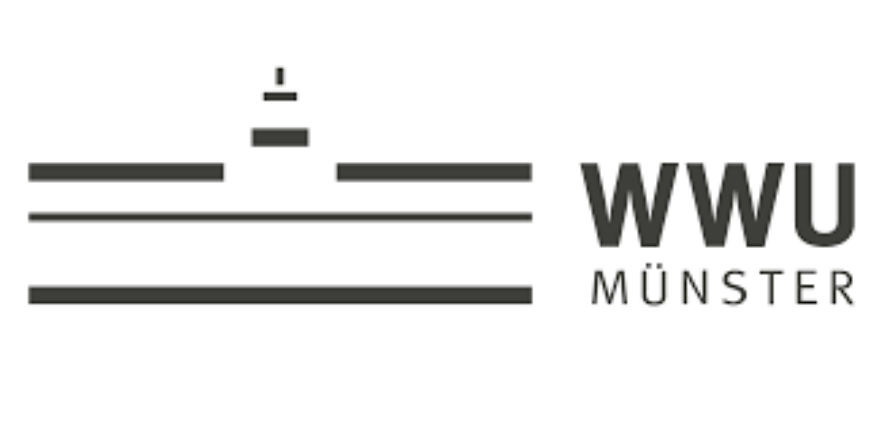
David Peter Krug (Project A5) receives poster award at M&M 2020
/in News /by sfb1083David Peter Krug, PhD-student in SFB-project A5 of Prof. Dr. Kerstin Volz, was awarded with the poster prize at the virtual Microscopy & Microanalysis Meeting 2020.
The Microscopy & Microanalysis Meeting (M&M) is an annual meeting in the USA covering the research fields of microscopy, imaging, and compositional analysis. Due to the current Corona pandemic, the meeting was held online.
Poster “Formation mechanisms for the dominant kinks in GaP nanowires in an in-situ (S)TEM gas cell holder” by D. Krug, M. Widemann, F. Gruber, A. Beyer, and K. Volz (Materials Sciences Center and Faculty of Physics, Philipps-Universität Marburg) – Microscopy & Microanalysis Meeting 2020, August 04 – 07, 2020, virtual meeting.
Momentum-resolved charge transfer between two TMDC layers – Publication by B6 (Höfer/Wallauer) and A13 (Rohlfing)
/in News /by sfb1083How fast is the charge transfer between two layers of transition metal dichalcogenides (TMDCs) and where does it take place in momentum space? Two-photon photoemission using high-harmonic probe pulses can answer these questions as Wallauer and coworkers demonstrate for the topmost layers of MoS2.
Copyright 2020 by the American Physical Society.
The experiment of Wallauer and coworkers exploits both the high surface sensititivity of photoelectron spectroscopy and the fact, that the bandgap of the topmost layer of TMDCs is enlarged due to reduced screening. By tuning pump pulses below the top-layer gap at K, it is thus possible to excite electrons in deeper layers and probe only the topmost layer. The experiment then images the population dynamics of initially unoccupied electronic states and the charge transfer directly in momentum space with femtosecond time resolution. The results show that the electron transfer between the topmost layers of a 2H-MoS2-crystal, takes place at Σ and proceeds on a timescale of less than 20 fs.
GW-based tight binding calculations by Marauhn and Rohlfing support the experimental findings and explain why the electron transfer takes place at Σ. The GW-based tight-binding calculations not only confirm that the band gap in the surface layer is indeed considerably larger than in deeper layers. They reveal that the coupling between surface and deeper layers is strongly momentum-dependent throughout the Brillouin zone. The coupling is found to be particularly strong at at the conduction-band minimum at Σ, which explains the ultrafast interlayer charge transfer observed in the experiment at this location.
The publication is an “Editor’s Suggestion” in the September 2020 issue of Physical Preview B.
Momentum-resolved observation of ultrafast interlayer charge transfer between the topmost layers of MoS2
Physical Review B 102, 125417 (2020)
Dr. Robert Wallauer
Prof. Dr. Michael Rohlfing
Westfälische Wilhelms-Universität Münster
SFB 1083 subproject A13
https://internal-interfaces.de/projects/A13
Phone: +49 251 83-36340
Professor Ralf Tonner appointed Chair for Theoretical Chemistry at the University of Leipzig
/in News /by sfb1083We congratulate Prof. Dr. Ralf Tonner, prinicple investigator of SFB-Project A6 “Unified density functional description of bonding and interaction at inorganic/organic interfaces” on his new postion as Chair for Theoretical Chemistry at the University of Leipzig.
Foto: Laackman Fotostudios Marburg
Professor Tonner joined SFB 1083 as a junior group leader in 2013 and has been very active and succesful in understanding inorganic/organic interfaces from electronic structure theory. In 2016, he was awarded the Hellmann-Prize for Theoretical Chemistry in recognition of his contributions to a detailed theoretical understanding of the chemical processes at surfaces and interfaces. In 2019, he received offers for a professorship (W2) for theoretical chemistry from the Universties of Chemnitz and Regensburg. He accepted the offer from Regensburg and has been working there since April 2020. In Leipzig, Professor Tonner will continue to be prinicple investigator of SFB 1083.
Novel organic semiconductors with specific substitution pattern – Publication by A2 (Witte) & A8 (Koert)
/in News /by sfb1083In their study published in Angewandte Chemie International Edition, the authors from two SFB-projects present their research into unilaterally fluorine-substituted pentacenes. This new reaction path will make it possible to synthesize functional materials and to create molecular nanostructures, the properties of which can be used in future organic components.
A ring closing reaction leads to a new unilaterally fluorine-substituted pentacene with a novel packing motif in the solid. This product exhibits a strong dipole moment (picture: Daniel Bischof).
Organic semiconductor materials consist of polycyclic aromatic hydrocarbons (PAH), which serve as molecular building blocks for the realization of functional materials and thin-film devices. The electronic properties of these often structurally simple materials can be changed by specific chemical modifications and thus tailored to the respective application. For example, perfluorination of such p-conjugated molecular materials affects the polarity of the charge carrier thus allowing a change from p-type to n-type semiconductors. For the prototypical organic semiconductors of acenes, it has so far only been possible to implement substitution patterns in which the molecules have been substituted symmetrically with respect to their long axis or entire ring units have been modified. In a recent collaboration between synthetic chemistry and molecular solid-state physics at the Philipps-University in Marburg, a novel synthetic strategy has been introduced that enables a regioselective functionalization of acenes.
This new concept was demonstrated using the example of unilaterally substituted fluoroacenes, whose electronic structure is a hybrid of the parental non-fluorinated and perfluorinated pentacenes. An important milestone in the synthesis strategy developed in the group of Prof. Dr. Ulrich Koert is the transition metal-catalyzed C-C bond formation, which makes this synthesis controllable. This novel material was crystallized and characterized with respect to its optical and electronic molecular- and solid state properties in the group of Prof. Dr. Gregor Witte. It was shown that the unilateral fluorination causes a distinctive dipole moment in contrast to the symmetrical substituted molecules. In addition, the molecules in crystals show a novel packing motif and also their optical solid states (excitons) are significantly altered. The identified new molecular packing motif and the additional electrostatic interactions open up new possibilities for the controlled fabrication of functional thin films and molecular heterostructures with special molecular interface structures and thus enable a tailoring of the electronic interface coupling.
Publication
P.E. Hofmann, M.W. Tripp, D. Bischof, Y. Grell, A.L.C. Schiller, T. Breuer, S.I. Ivlev, G. Witte, U. Koert,
Unilaterally Fluorinated Acenes: Synthesis and Solid State Properties,
Angewandte Chemie 59, 16501 (2020)
Contact
Prof. Dr. Ulrich Koert
Philipps-Universität Marburg
SFB 1083 project A8
Tel.: +49 6421 28-26970
E-mail: koert@chemie.uni-marburg.de
Prof. Dr. Gregor Witte
Philipps-Universität Marburg
SFB 1083 project A2
Tel.: +49 6421 28-21384
E-Mail: gregor.witte@physik.uni-marburg.de
Publication of SFB 1083 Activity Report
/in News /by sfb1083SFB 1083 published an activity report covering its scientific achievements in the first six years from 2013-2019.
The activity report can be downloaded here for further details.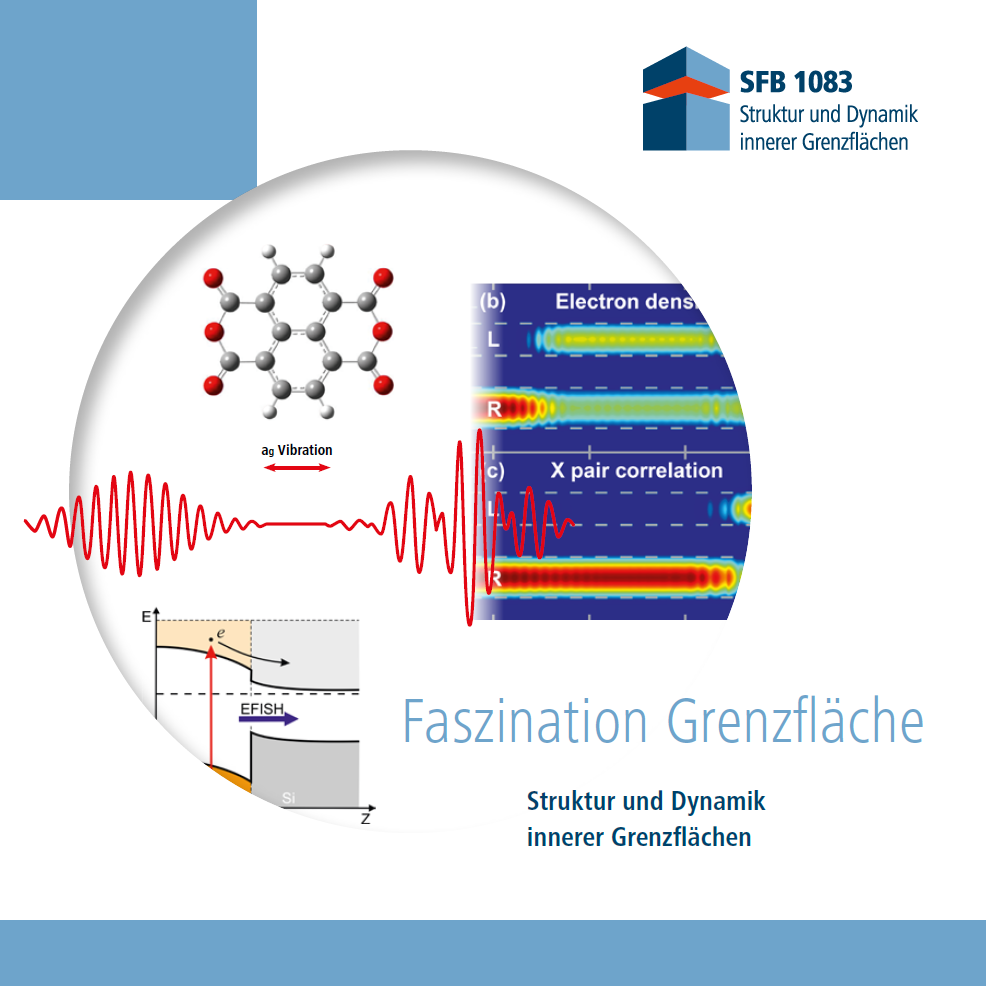
Complementary to the activity report that addresses mainly other researchers, the SFB 1083 image brochure in German aims at interested students and the public. It gives a general introduction to the research on internal interfaces and portraits the participating researchers.
The image brochure (German) can be downloaded here for further details.
A printed version of both documents is available upon request.
Contact
Sonderforschungsbereich 1083
Philipps-Universität Marburg
Renthof 5
35043 Marburg
Tel.: 06421 28-24223
EMAIL
Imagefilm porträtiert Forschung an inneren Grenzflächen
/in News /by sfb1083Video: Till Schürmann. German Video Clip.
Der neue Film des SFB 1083 nimmt den interessierten Laien mit auf eine Reise hinunter zur atomaren Skala und will ihm zeigen, wie die aktuelle Spitzenforschung dort im Bereich der Grenzflächen voranschreitet.
Das 6-minütige Video ist kein anspruchsvoller Lehrfilm, vielmehr wirkt es wie Wissenschafts-Science-Fiction direkt aus dem Kino, mit Kamerafahrten bis in den Nanometerbereich, mit Flügen durch leuchtende Moleküle, mit exotischen Exzitonen und raumfüllenden Laser-Apparaturen. Sehr eindrücklich auch die Musik, eigens für diesen Film wurden „Die Planeten“ von Gustav Holst (1874-1934) neu arrangiert.
Warum Grenzflächen?
„In unserer modernen Welt werden gewaltige Mengen an Daten übertragen,“ erläutert Prof. Ulrich Höfer, der Initiator und derzeitige Sprecher des SFB, „und Jahr für Jahr werden es mehr. Die ständige Miniaturisierung erlaubt uns, diese Datenmenge immer schneller und effizienter zu verarbeiten. Aber je kleiner die Bauteile werden, desto stärker tritt in den Vordergrund, wo auf der atomaren Skala die Information gesteuert wird: Die innere Grenzfläche zwischen zwei Materialien. Wer hier Fortschritte erzielen kann, setzt die Maßstäbe für die Welt von morgen.“
Der Film zeigt, dass Grenzflächen noch ganz andere Chancen bieten: Verbindungen von Elektronik und Organik versprechen völlig neue Möglichkeiten der Informationsverarbeitung, Nanometer-kleine Laser überbrücken immer weitere Strecken, und Solarzellen mit organischen Kristallen könnten unsere Energieversorgung auf ein neues Level heben. Oder mit den Worten von Prof. Stefanie Dehnen von der Uni Marburg: „Man möchte als Wissenschaftler immer Dinge entdecken und weiterentwickeln, die letztlich der Welt helfen können.“
Prof. Michael Dürr aus Gießen erklärt den hohen Anspruch des Film-Projekts: „Wir hatten den Ehrgeiz, die atomaren Prozesse schöner – und auch exakter – darzustellen, als man das bisher in dieser Art gesehen hat. Und dabei immer auch verständlich zu bleiben.“
Realisiert hat den Film der Gießener Filmemacher Till Schürmann. „Es macht ja immer viel Spaß, Wissenschaft so darzustellen, dass man auch die Begeisterung spürt, die die Wissenschaftler haben. Die sitzen ja nicht nur in ihren Laboren, die erleben immer wieder Nervenkitzel, die spüren Faszination und Freude genauso wie wir normalen Menschen“, erzählt er über seine Motivation. „Nur dass die Welt, in der sie sich bewegen, die Apparate, die Ergebnisse, dass die uns als pure Science Fiction erscheinen.“
Science Fiction, die durch die unermüdliche Arbeit der Forscher immer weniger – Fiction sein wird. Und die uns eines Tages vielleicht ganz selbstverständlich umgeben wird.
Was ist ein Sonderforschungsbereich?
Sonderforschungsbereiche sind langfristige Projekte aus der Grundlagenforschung, die von der Deutschen Forschungsgemeinschaft (DFG) aus Mitteln des Bundes und der Ländern gefördert werden.
Prof. Höfer erläutert das Besondere des Marburger Sonderforschungsbereichs 1083: “Das Verständnis innerer Grenzflächen gilt schon seit vielen Jahren als eines der Gebiete der Festkörperphysik mit dem drängendsten Forschungsbedarf. So sagte Herbert Kroemer bereits im Jahr 2000 bei seiner Nobelpreis-Vorlesung: ‘Die Grenzfläche ist das Bauteil’. Unser SFB überträgt dazu Methoden der Oberflächenphysik und Oberflächenchemie auf die Untersuchung von Grenzflächen. Durch diesen Ansatz und die Fokussierung auf Modellsysteme, die auf der atomaren Skala gut charakterisiert sind, haben wir uns als Verbund ein Alleinstellungsmerkmal erarbeitet. Aber auch bei der Entwicklung und Weiterentwickelten optischer Spektroskopien sind wir weltweit ganz vorne mit dabei.
Neben der Uni Marburg sind im SFB 1083 „Struktur und Dynamik innerer Grenzflächen“ noch die Uni Gießen, das Forschungszentrum Jülich und die Uni Münster mit an Bord. Insgesamt arbeiten hier 80 Wissenschaftler aus den unterschiedlichsten Disziplinen zusammen. Die jährlichen DFG-Fördergelder belaufen sich auf etwa 2.5 Millionen Euro.
„Der Film zeigt natürlich nur einen winzigen Ausschnitt unserer Aktivitäten“, sagt Höfer. „Bei insgesamt 18 Teilprojekten und 24 Professoren haben Sie eine ungeheure Bandbreite an Interessen und individuellen Forschungsschwerpunkten. Aber durch die Fokussierung auf die Grenzfläche erleben wir hier auch eine gewaltige gegenseitige Inspiration. So etwas ist eben nur durch einen Sonderforschungsbereich möglich, durch die langfristige Orientierung des gesamten Projekts.“
Video
Kontakt
Philipps-Universität Marburg
Renthof 5
35043 Marburg
Tel.: 06421 28-24223
EMAIL
Menzelstr. 28
35396 Gießen
Tel.: 0641 2091852
www.till-schuermann.de
Ulrich Höfer is Plenary Speaker at DPG Spring Meeting, 2020
/in News /by sfb1083SFB 1083 spokesman Ulrich Höfer to give a plenary talk at the Annual Spring Meeting of the German Physical Society (DPG) in Dresden.
Ulrich Höfer, from the Department of Physics at Philipps-Universität Marburg, was invited by the Condensed Matter Section of the German Physical Society to give a plenary talk at this year’s Annual Spring Meeting of the German Physical Society (DPG) in Dresden March 15th-20th 2020. The title of his talk will be “THz-ARPES band structure movies of Dirac surface currents”.
The DPG-spring meeting in Dresden is Europe’s largest physics congress with more than 6000 participants in the past years.
Interfacial synthesis of novel phthalocyanine dyes – Publication by A4 (Gottfried), A6 (Tonner) & A7 (Sundermeyer)
/in News /by sfb1083In their study published in Nature Communications, the authors from three SFB-projects with expertise in interface chemistry, organometallic synthesis, and theoretical chemistry, jointly publish their research into template-controlled interfacial synthesis of unprecedented extended phthalocyanine dyes.
Interfacial template approach: control over the topology of the reaction products is achieved by using differently-sized metal templates in 2D confinement. (after publication-Fig. 1) Copyright by CC-BY 4.0.
Phthalocyanines possess unique optical and electronic properties and thus are widely used in (opto)electronic devices, coatings, photodynamic therapy, etc. Extending the π-conjugation of phthalocyanine dyes, while synthetically challenging, has the potential to produce desirable new molecular materials.
Here, Dr. Qitang Fan and coworkers use a templated interface approach to synthesize several extended phthalocyanine derivatives from the same building block, including an unprecedented lanthanide superphthalocyanine and an open-chain polycyanine (fig. left). The former represents the first superphthalocyanine without uranium center, while the latter provides an intriguing model for an organic semiconducting polymer with an absorption band in the visible range. Detailed study of these new materials by scanning tunneling microscopy, photoemission spectroscopy, and density functional theory calculations (fig. below), reveal their chemical structure and mechanical as well as electronic properties.
Orbitals: Lowest unoccupied molecular orbitals of Fe-NPc and Gd-SNPc, lowest unoccupied crystal orbital of polycyanine, from density-functional theory calculation. Copyright by CC-BY 4.0.
See also natureresearch’s “Behind The Paper”-contribution by Michael Gottfried on “Synthesis in flatland: rings and chains grown on surfaces”.
Publication
Q. Fan, J.-N. Luy, M. Liebold, K. Greulich, M. Zugermeier, J. Sundermeyer, R. Tonner, J.M. Gottfried, Template‐controlled on‐surface synthesis of a lanthanide supernaphthalocyanine and its open‐chain polycyanine counterpart, Nature Commun. 10 (2019) 5049 DOI:s41467-019-13030-7
Contact
Prof. Dr. Michael Gottfried
Philipps-Universität Marburg
SFB 1083 project A4
Tel.: 06421 28 22541
EMAIL
Metal chalcogenide clusters on doped TMDC-layers – Publication by A9 (Dehnen) & A6 (Tonner)
/in News /by sfb1083In their study published in the Journal of the American Chemical Society, Eike Dornsiepen, Fabian Pieck, Ralf Tonner, and Stefanie Dehnen report on the synthesis of molecular model systems for the up to now unknown adsorption of organotin chalcogenide cluster molecules on TMDC surfaces. Computational studies reveal similar covalent bonding interactions for the model system as well as for the adsorption on a TMDC surface.
Reprinted with permission from Journal of the American Chemical, 2019, 141,41, 16494-16500.
Transition metal dichalcogenides (TMDCs) like MoS2 or WS2 have gained large interest for their potential in electronic applications. Combinations with other 2D materials in heterostructures have already been demonstrated as useful in various devices, such as tunneling transistors or solar cells. Hybrid systems combining 2D materials with layers of adsorbed molecules have proven to be interesting for optoelectronic applications, as they allow for tailoring of electronic properties and high photoabsorption of molecular materials. In most of these studies, the adsorbed molecules were organic molecules like pentacene or coordination compounds like phthalocyanines, which interacted with the surface by means of dispersion interactions. The interaction of larger organometallic systems with TMDCs, however, has not yet been studied. This is in part due to the fact that the chemisorption of molecules on TMDC surfaces is relatively weak, hence adsorbents tend to move randomly around.
With the aim to mimic the yet unknown covalent deposition of metal chalcogenide clusters on transition metal dichalcogenide MoS2 or WS2 layers, and thereby explore the interaction between the two systems and potential consequences for the physical properties of the TMDC material, the authors synthesized heterobimetallic model systems. The heterocubane-type cluster [(SnCl3) WCp)3S4], the organotin-sulfidomolybdate cluster [{(PhSn)3SnS6}{(MoCp)3S4}], and the corresponding tungstate [(PhSn)3SnS6{(WCp)3S4}] were obtained in ligand exchange reactions from [(PhSn)4S6] and [M(CO)3CpCl] (with M = Mo, W). Indeed, the {M3S4} cages in the three compounds resemble a section of the respective TMDC monolayers, altogether representing minimal molecular model systems for the adsorption of organotin sulfide clusters on MoS2 or WS2. The interaction between the {(MCp)3S4} and {(PhSn)3SnS6} subunits is characterized by multicenter bonding, rendering the respective Sn atom as Sn(II), hence driving the clusters into a mixed-valence Sn(IV)/Sn(II) situation, and the M atoms as M(IV) upon an in situ redox process. The attachment is thus weaker than via regular covalent M-S bonds, but definitely stronger than via van der Waals interactions that have been characteristic for all known interactions of clusters on TMDC surfaces so far. Calculations of a periodic model system that simulates the attachment of the {(PhSn3S6} fragment to MS2 surfaces reveal striking similarities in structure and bonding situation, given the MS2 surfaces are doped with titanium or other electron-poor metal atoms. This renders the new compounds as relevant molecular models for covalent attachment of larger organometallic systems on TMDCs.
Publication
E. Dornsiepen, F. Pieck, R. Tonner, S. Dehnen, [{(PhSn)3SnS6}{(MCp)3S4}] (M = W, Mo): minimal molecular models of the covalent attachment of metal chalcogenide clusters on doped transition metal dichalcogenide layers, J. Am. Chem Soc. (2019) DOI: 10.1021/jacs.9b09209
Contact
Prof. Dr. Stefanie Dehnen
Philipps-Universität Marburg
SFB 1083 project A9
Tel.: 06421 28 25751
EMAIL
Growth of extended DNTT fibers on metal substrates by suppression of step-induced nucleation – Publication by A2 (Witte)
/in News /by sfb1083In their study published in Nanoscale Horizons, Maximilan Dreher, Dayeon Kang, Tobias Breuer and Gregor Witte introduce and validate a new concept to suppress the defect-driven fiber nucleation at surface steps by selective blocking of the active step sites using small molecules, so that the formation of crystalline, organic fibers is only governed by the intrinsic epitaxial growth on ideal, defect-free surface regions.
DNTT fiber structures grown on Ag(111) substrates without (left) and with (right) pre-exposition of oxygen to the surface. The oxygen suppresses the DNTT molecules to adsorb at the step edges, which leads to straight, elongated and epitaxially aligned fibers. (Image: M. Dreher). Reproduced with permission from the Royal Society of Chemistry.
Due to their anisotropic optoelectronic properties, crystalline organic fibers constitute an interesting class of nanoscale materials with great potential for integration into future optoelectronic devices based on organic-inorganic hybrid systems. While chemical synthesis allows for flexible tailoring of electronic molecular properties, well-established structuring methods such as, e.g. lithography are hardly applicable to most molecular materials. Therefore, self-organization is an important alternative route for structuring molecular materials especially for organic/inorganic hybrid architectures. While molecular materials often form crystalline fibers, their length and orientation is, however, limited by surface defects such as steps of the supports that cannot be prevented even on very perfect, single crystalline substrates, hence drastically restricting their use in device applications.
In their study the authors analyzed the influence of surface step edges on the initial growth of fibers for the case of the high performing organic semi¬conductor dinaphthothienothiophene (DNTT) and developed a new concept to suppress the defect–driven fiber nucleation. Based on a comparison of the organic film growth on densely packed, flat noble metal surfaces and on a regularly stepped, vicinal surface, they first showed how substrate steps affect the azimuthal molecular orientation in the seed layer and also the subsequent fiber formation. In a next step they demonstrate that this parasitical step-induced fiber nucleation that occurs also on densely packed Ag(111) surfaces can be suppressed by first exposing the metal support to oxygen, or even briefly to ambient condition, which causes a selective saturation of the active step sites. They show that this not only leads to an exclusive growth of epitaxial DNTT fibers but also strongly increases the fiber size to several hundreds of microns. This novel approach is quite versatile and allows a distinct improvement of template assisted growth and thereby the quality of organic/inorganic hybrids.
Publication
M. Dreher, D. Kang, T. Breuer and G. Witte,
Growth of extended DNTT fibers on metal substrates by suppression of step-induced nucleation
Nanoscale Horizons (2019) DOI:10.1039/C9NH00422J
Poster Award
The paper’s first author Maximilian Dreher is currently a Master’s student within SFB-project A2. We congratulate him on receiving the prize for his poster on the above research which he presented at the Cecam Workshop on “Fabrication processes and molecular organization in organic thin films: Theory and simulation meet experiments” held in Lecco, Italy from July 17-20, 2019.
Contact
Prof. Dr. Gregor Witte
Philipps-Universität Marburg
SFB 1083 project A2
Tel.: 06421 28 21384
EMAIL